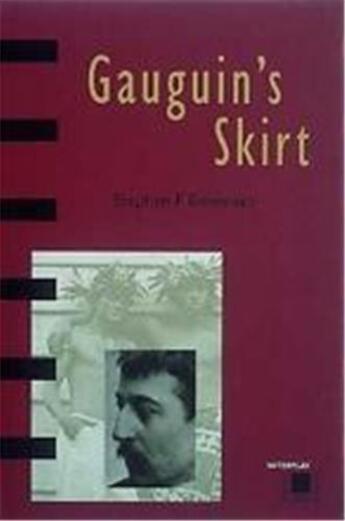-
Nombre de pages : (-)
-
Collection :
(-)
-
Genre :
(-)
-
Thème :
Non attribué
-
Prix littéraire(s) :
(-)
Résumé:
This work is about contemporary Tahitians and a long-dead French painter, sex today and sex in the late-19th century, and colonialism old and new. Paul Gauguin travelled to Tahiti in 1891 in search of an exotic paradise. What he found instead was a French colony ostentatiously divided by race,... Voir plus
This work is about contemporary Tahitians and a long-dead French painter, sex today and sex in the late-19th century, and colonialism old and new. Paul Gauguin travelled to Tahiti in 1891 in search of an exotic paradise. What he found instead was a French colony ostentatiously divided by race, sex and class. The artist began to explore the complexities of his world through drawing, painting, printmaking and sculpting. These works depict ancient and modern Tahitians at labour and leisure and the landscape of Polynesia; they also expose the contradictory perspective of an avant-garde artist exiled both from the modern French metropolis and from the traditions of the indigenous Maohi culture. Based upon archival and ethnographic research in France and Tahiti, this book challenges interpretations of the political and gender content of the notorious artist's pictures, and argues that many of Gauguin's most famous pictures are far more knowing than had previously been supposed.
Donner votre avis














